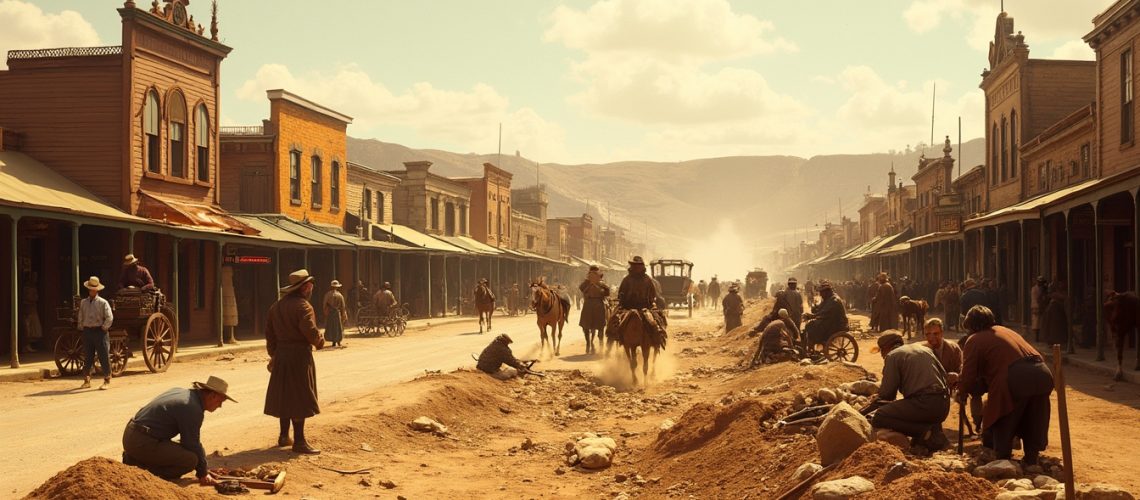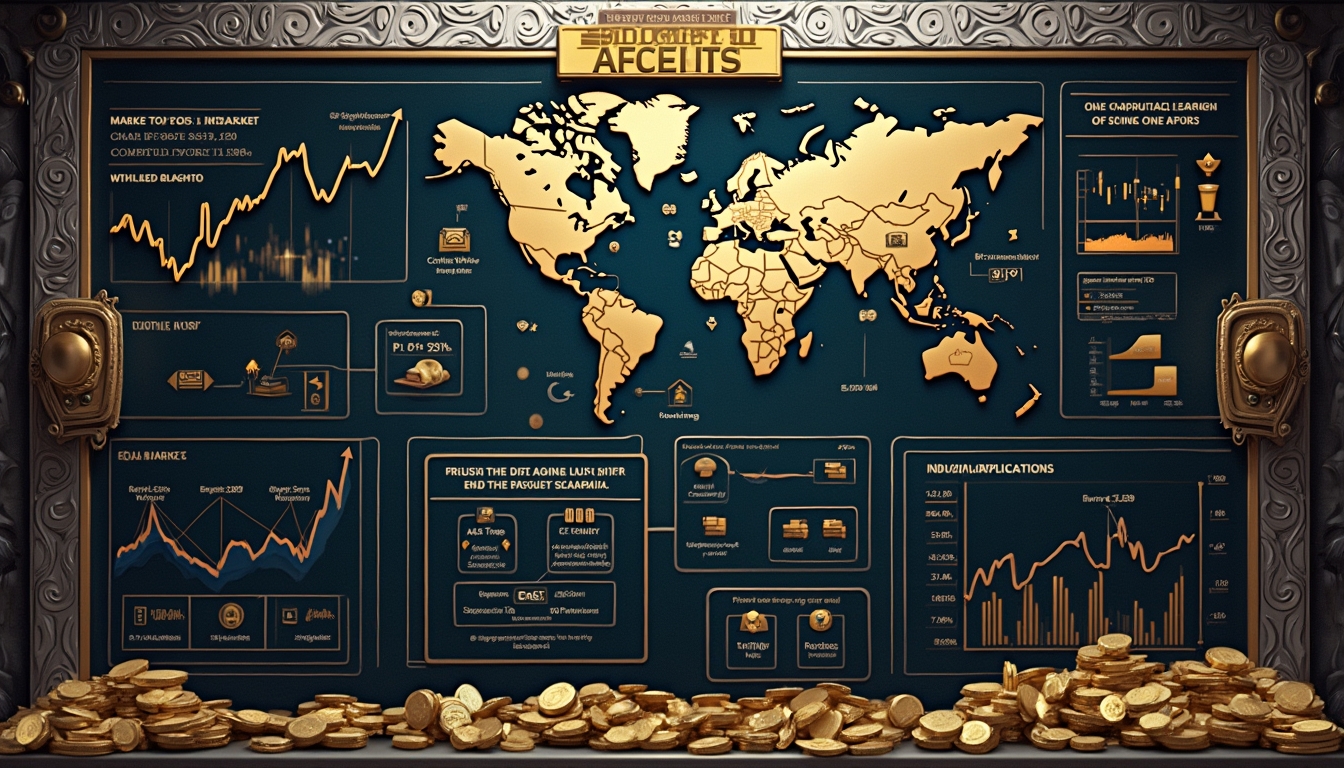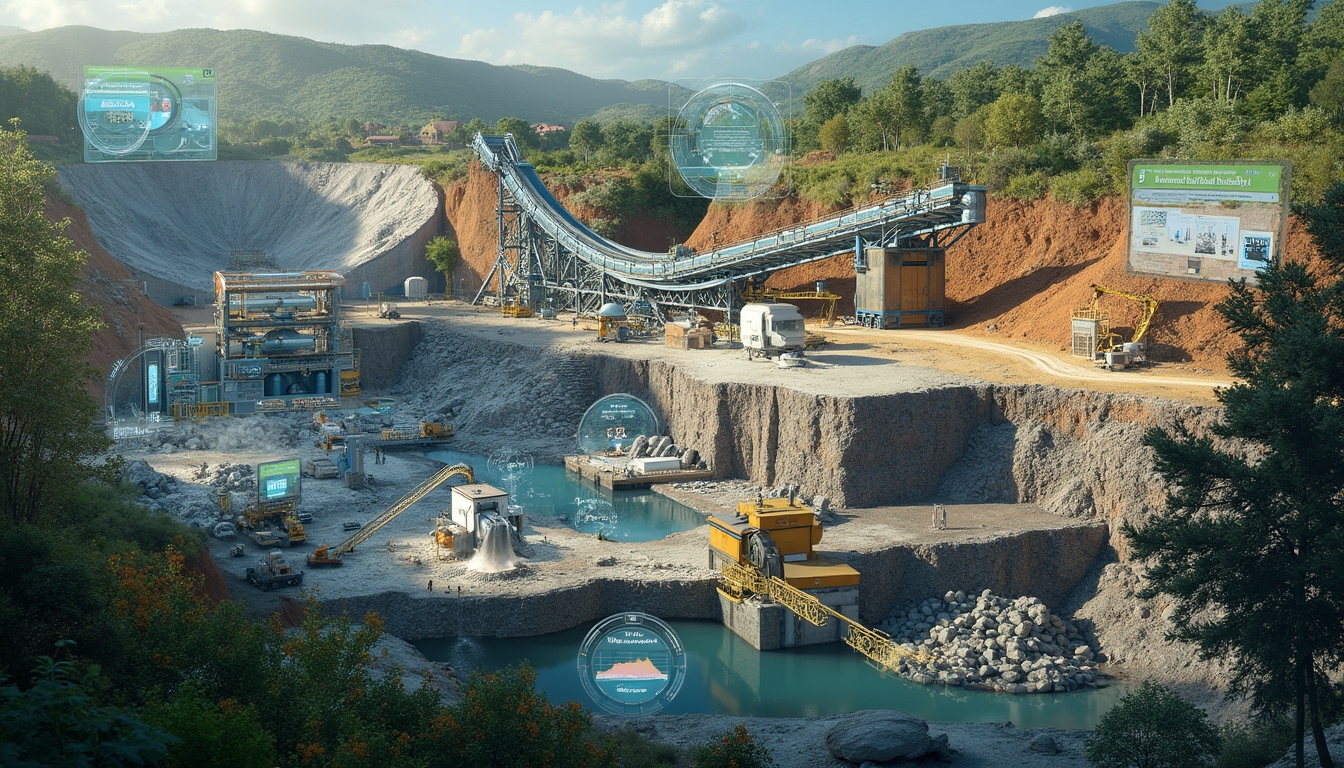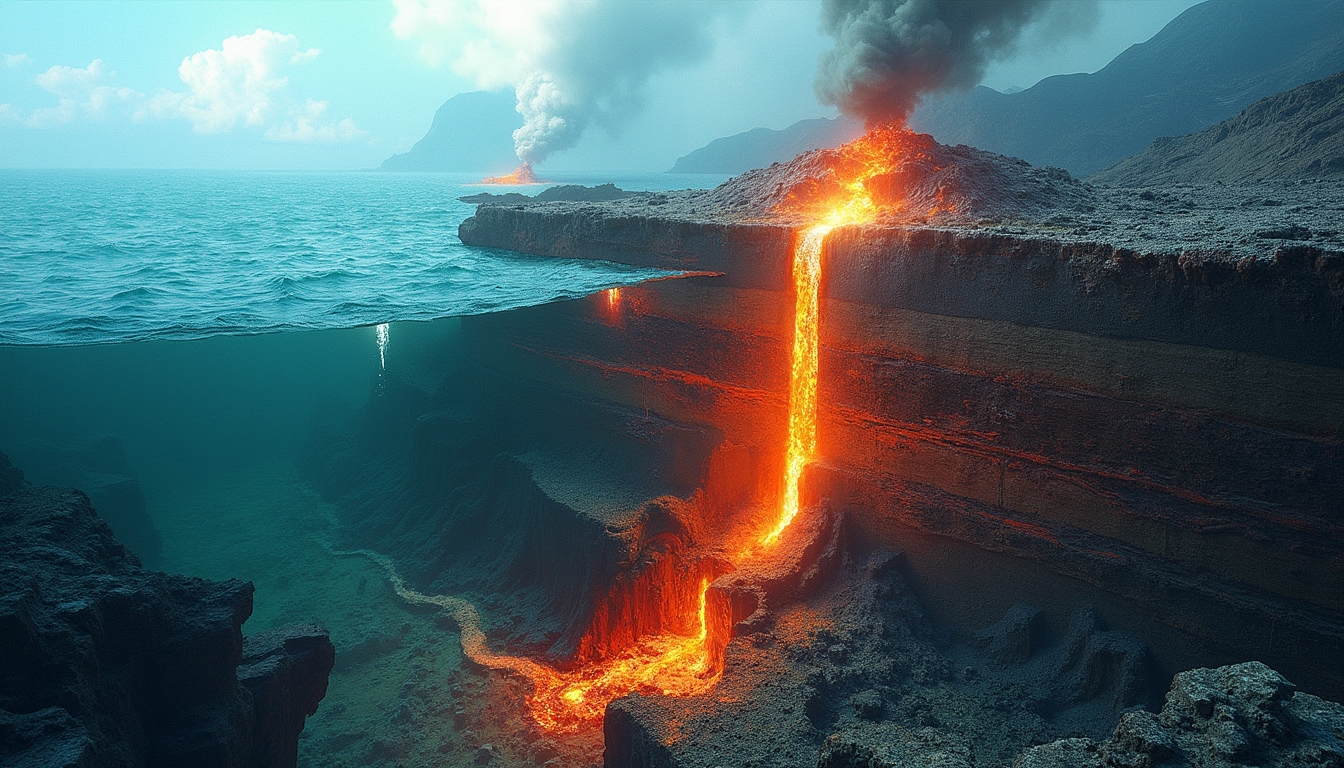Imagine walking through a town where the streets were literally paved with gold—sounds like a myth, right? Not in Kalgoorlie during its early Gold Rush days. This iconic Western Australian town isn't just rich in history; its roads were unknowingly constructed with gold-bearing rocks.
What Made Kalgoorlie's Streets Uniquely Golden?
In the early days of the gold rush in 1893, Kalgoorlie prospectors stumbled upon rocks glinting with visible traces of gold. However, in a twist of fate, they initially dismissed these golden stones as pyrite, commonly known as fool's gold, due to their similar appearance.
Lacking the tools and understanding to properly analyse the minerals, these rocks were deemed worthless and soon repurposed for the town's burgeoning infrastructure. They were used to pave the dusty roads, create cart tracks, walkways, and even serve as construction materials.
How Did the Gold Discovery Unfold?
For years, residents unknowingly walked and drove over a literal treasure trove. The rocks embedded in the streets held far more value than anyone realised. It wasn't until 1896—three years later—that someone finally identified the stones as talides, an unusual compound of gold and thorium.
This discovery sparked a wave of astonishment as it became clear that the orogenic gold deposit characteristics of Kalgoorlie were truly extraordinary.
Who First Discovered Gold in Kalgoorlie?
Paddy Hannan is credited with the first discovery of golden Kalgoorlie, which sparked the famous gold rush in the region in June of 1893. Hannan and his two partners, Thomas Flanigan and Daniel Shay, found gold near Mount Charlotte just outside present-day Kalgoorlie.
The story goes that while the trio was traveling, one of their horses went lame, forcing them to camp in the area. While searching for water and tending to the horse, Hannan spotted gold in a nearby gully. To avoid chaos, he and his partners kept the find secret initially, gathering as much gold as possible before heading to register their claim.
What Triggered the Gold Rush?
Once the news of Hannan's find began to spread, a frenzy erupted. Within just three days, approximately 400 eager prospectors descended upon the area hoping to strike it rich. By the end of the week, that number had ballooned to 1,000, and Kalgoorlie quickly transformed into a bustling epicenter of gold fever.
How Rich Was the Golden Mile?
The newfound goldfield became known as the Golden Mile, which was revealed to be not only abundant but extraordinarily rich. In fact, it earned its place as the richest square mile of gold deposits in the world. The geological composition is remarkable:
- Approximately 70-75% of the gold exists as native gold
- An additional 20% is locked within talides
The formation of these gold deposits is a story of extraordinary tectonic activities and granitoid intrusions that unfolded billions of years ago.
What Made the Geological Formation Unique?
The Kalgoorlie gold deposit is primarily an orogenic gold deposit formed by hydrothermal processes deep within the Earth's crust. These processes involved the convergence and compression of tectonic plates, leading to the formation of greenstone belts.
The magmas contributing to the gold deposition date back approximately 2.63 to 2.65 billion years ago during the late Archean period. This was a time of intense geological activity within the Yilgarn Craton, one of the world's oldest and most stable continental crust regions.
How Did Mining Techniques Evolve?
As mining progressed, techniques evolved from primitive methods to more sophisticated approaches. Enhancements in efficiency and environmental safety became a priority, with modern methods like pressure oxidation and bioleaching replacing traditional extraction techniques.
What Lessons Can We Learn?
The story of Kalgoorlie's gold-bearing streets offers profound insights into geological discovery and human opportunism. Advancements that address past inefficiencies and environmental concerns continue to shape the mining industry today.
Conclusion
Kalgoorlie's golden streets represent more than just a geological curiosity—they symbolise a remarkable chapter in Australian mining history. From accidental discovery to sophisticated extraction, the town's gold legacy continues to shine brightly, reminding us of the extraordinary stories hidden beneath our feet.
Ready to Unearth the Next Big Discovery?
Explore the incredible potential of mineral investments with Discovery Alert, your go-to source for real-time notifications on significant discoveries, like those that sparked the Kalgoorlie Gold Rush. Whether you're a novice or a seasoned investor, our AI-driven alerts transform complex data into accessible insights, helping you make informed decisions in the dynamic world of mineral exploration. Dive into our 30-day free trial at Discovery Alert and start enhancing your investment strategy today.







